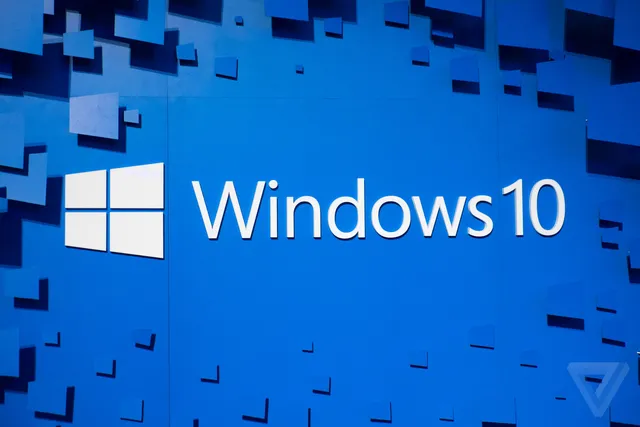
Microsoft has unveiled new pricing details for its Extended Security Updates (ESU) program for Windows 10, a move that comes as the company prepares to phase out support for the operating system. As of October 31, 2024, consumers will now have the option to purchase additional security updates beyond the standard support period, ensuring their systems remain secure as they transition to newer versions of Windows.
Understanding the Extended Security Updates (ESU) Program
The ESU program was originally designed for businesses that needed continued support after Microsoft ended mainstream updates for Windows 10. However, the newly announced consumer pricing opens up this program to individual users, allowing them to maintain their systems’ security in a time of increasing cyber threats.
With the imminent end of official support for Windows 10, users who wish to continue receiving important security patches will need to consider enrolling in the ESU program. This will help safeguard their devices against vulnerabilities that could be exploited by malicious actors.
Pricing Structure
Microsoft’s new pricing model for consumers will vary based on the number of devices being covered. The company has set the cost at $100 per device for the first year of updates, with an incremental increase for subsequent years. The pricing structure reflects Microsoft’s strategy to encourage users to upgrade to the latest version of Windows while providing a safety net for those who may not be ready to make the switch just yet.
This pricing model aligns with Microsoft’s broader push to migrate users to Windows 11, which offers enhanced security features and a more modern user experience. However, it also highlights the challenge many users face in transitioning to new operating systems, particularly for those who may rely on legacy software or hardware that is incompatible with the latest updates.
Implications for Consumers
For consumers still using Windows 10, the introduction of the ESU program means they have options to maintain security, albeit at an additional cost. This move could be particularly beneficial for users who are hesitant to upgrade or for those in industries where upgrading systems can be time-consuming and costly.
While the ESU program provides an essential safety net, Microsoft’s emphasis on the need to transition to newer operating systems may push users to consider upgrading sooner rather than later. As cyber threats become increasingly sophisticated, the importance of having access to the latest security updates cannot be overstated.
Conclusion
Microsoft’s new consumer pricing for Windows 10 Extended Security Updates reflects the company’s commitment to user security while encouraging a transition to more modern operating systems. As the technology landscape continues to evolve, users must weigh the costs and benefits of remaining on older versions of software against the need for robust security and improved features.
For more information on the pricing details and the ESU program, you can read the full article on The Verge.



